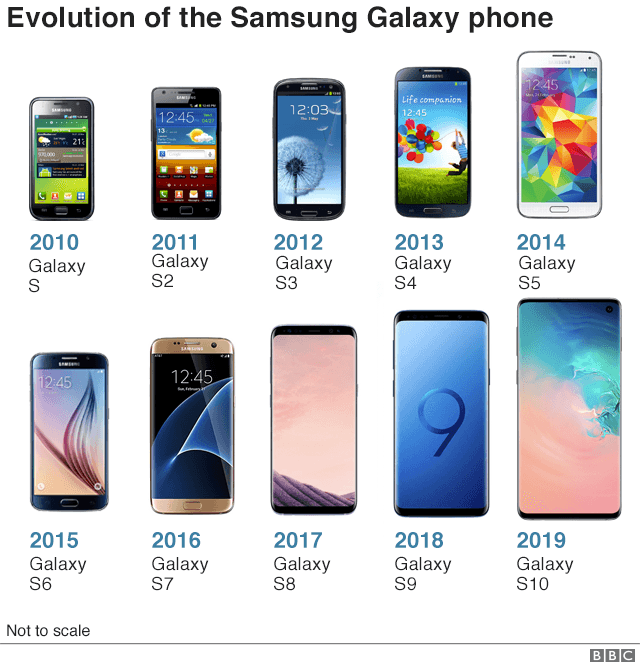In 2010 Samsung released their Galaxy S range of phones as their flagship phone. These phones have, over the years, developed from the small 3g slightly "cheap-feeling" original to the premium device offerred in 2019 as S10. Screens have become bigger, cameras more sophisticated, more powerful processor, more memory, more storage and all together a much more powerful and desirable device. The latest version is (apart from the Fold) a cosmetic upgrade with a bit of spec improvement. There is no must have; until 5G arrives. It looks like Samsung cannot rely on users upgardding annually or biannually unless there is some lage upgrade; the phones are just too well made.
Samsung Galaxy S10 range (2019)
 The latest version of the S version of Samsung phones is a range of phones.
The new S10 /S10+ are upgrades of the
previous version. Currently these are 4G devices with the promise of 5G later in
the year. Additionally Samsung have introduced the S10 Fold, a phone with a
folding screen. This truly a top of the range phone with a price to match (
nearly £2000). Whether this will be popular only time will tell.
The latest version of the S version of Samsung phones is a range of phones.
The new S10 /S10+ are upgrades of the
previous version. Currently these are 4G devices with the promise of 5G later in
the year. Additionally Samsung have introduced the S10 Fold, a phone with a
folding screen. This truly a top of the range phone with a price to match (
nearly £2000). Whether this will be popular only time will tell.
Samsung Galaxy S9 (2018)
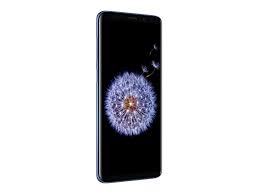 The S9 again came in two variants the S9 and S9plus and was largely seen as a
cosmetic upgrade from the S8. The most improved area was the camera(s) but
everything else was similar. The screen had grown to a whopping 6.2in on the
plus version. Not many would upgrade from S8 to S9 and hence the poor
sales. The author has an S9+ but upgraded from an S6, emphasising the point that
users neeed a good reason to upgrade.
The S9 again came in two variants the S9 and S9plus and was largely seen as a
cosmetic upgrade from the S8. The most improved area was the camera(s) but
everything else was similar. The screen had grown to a whopping 6.2in on the
plus version. Not many would upgrade from S8 to S9 and hence the poor
sales. The author has an S9+ but upgraded from an S6, emphasising the point that
users neeed a good reason to upgrade.
Samsung Galaxy S8 (2017)
 Two versions of this model were released S8 and S8 plus with a 5.8in screen, back
to the size of the S6-edge-plus. The main changes came to the front screen
with the physical home button replaced by a dot on the screen. Also the large
company logo was removed and the bezels shrunk to give an edge to edge display.
Bixby - the Samsung voice assistant - was introduced but not to the fanfare Samsung
was hoping. One of the most popular google searches was "How do I disable Bixby?"
The S8 and larger S8+ ditched the home button, took Samsung's logo off the front
and added the virtual assistant Bixby.
Two versions of this model were released S8 and S8 plus with a 5.8in screen, back
to the size of the S6-edge-plus. The main changes came to the front screen
with the physical home button replaced by a dot on the screen. Also the large
company logo was removed and the bezels shrunk to give an edge to edge display.
Bixby - the Samsung voice assistant - was introduced but not to the fanfare Samsung
was hoping. One of the most popular google searches was "How do I disable Bixby?"
The S8 and larger S8+ ditched the home button, took Samsung's logo off the front
and added the virtual assistant Bixby.
Samsung Galaxy S7 (2016)
 The S7 seemed to an update just because they were annual events. The phone
looked and felt much like the S6. Two modes the S7 and S7 edge with a 5.5 screen
which was smaller than the predecessor. The S6 had lost the water resistance tag
that was restored in the S7 as was the SD card slot for extra storage.
The S7 seemed to an update just because they were annual events. The phone
looked and felt much like the S6. Two modes the S7 and S7 edge with a 5.5 screen
which was smaller than the predecessor. The S6 had lost the water resistance tag
that was restored in the S7 as was the SD card slot for extra storage.
Samsung Galaxy S6 (2015)
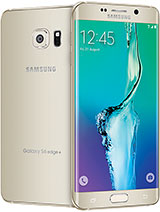 There were 3 modely in the S6 range from the basic S6 to the S6-Edge to S6-Edge-Plus.
The edge model was an introduction ot the screen curving at the edges (hence the name).
the largest model came with a large 5.6in screen. The camera had now reached 16Mpx
and a memory of 2Gb. The operating systems was Android 5.1 upgradable to Android 7.0.
The build quality was much better than before with a non-removable battery and
glass back and front with a metal frame. The battery was hidden away and not
accessible for the user. 4Gb of memory but no ability to add an SD card.
There were 3 modely in the S6 range from the basic S6 to the S6-Edge to S6-Edge-Plus.
The edge model was an introduction ot the screen curving at the edges (hence the name).
the largest model came with a large 5.6in screen. The camera had now reached 16Mpx
and a memory of 2Gb. The operating systems was Android 5.1 upgradable to Android 7.0.
The build quality was much better than before with a non-removable battery and
glass back and front with a metal frame. The battery was hidden away and not
accessible for the user. 4Gb of memory but no ability to add an SD card.
Samsung Galaxy S5 (2014)
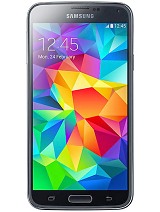 Here it was in 2014 - 4G. The S5 was a great commercial success due to the
introduction of 4G as well as a change to the build with metal edges to the
screen and a "waterproof" design. Also, more importantly it felt good.
This was the last phone with a removable battery.
A large 5.1in screen stated to make a big difference in what the phone would be
used for.
Here it was in 2014 - 4G. The S5 was a great commercial success due to the
introduction of 4G as well as a change to the build with metal edges to the
screen and a "waterproof" design. Also, more importantly it felt good.
This was the last phone with a removable battery.
A large 5.1in screen stated to make a big difference in what the phone would be
used for.
Samsung Galaxy S4 (2013)
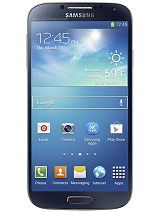 Another upgrade with few added features. A new dual lens camera being the most
notable with 13Mpx. A number of other touchless interface changes were added
indicating the desire to move away from the finger presses all the time. Not
as much a commercial success as expected but with 4G on the horizon this was
not unexpected. These phones were now reliable and customers could wait for
some significant changes that forces them to upgrade.
Another upgrade with few added features. A new dual lens camera being the most
notable with 13Mpx. A number of other touchless interface changes were added
indicating the desire to move away from the finger presses all the time. Not
as much a commercial success as expected but with 4G on the horizon this was
not unexpected. These phones were now reliable and customers could wait for
some significant changes that forces them to upgrade.
Samsung Galaxy S3 (2012)
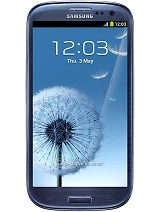 This time the screen size was increased to 4.8in and also shrunk the "black" areas
on the screen sides. Samsung's S-Voice was introduced, maybe not as popular as
Samsung thought but a move to voice rather than finger control. Generally though
a modernisation of the phone rather than a changed device.
This time the screen size was increased to 4.8in and also shrunk the "black" areas
on the screen sides. Samsung's S-Voice was introduced, maybe not as popular as
Samsung thought but a move to voice rather than finger control. Generally though
a modernisation of the phone rather than a changed device.
Samsung Galaxy S2 (2011)
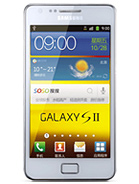 This phone set the trend for subsequent releases having each having bigger screens
and a better camera and more memory / storage. This time a 4.3inch screen and 8mpx
camera. Initial phones ran Android 2.3.4 later upgraded to 4.1. A 3G phone with HSPDA
capability.
This phone set the trend for subsequent releases having each having bigger screens
and a better camera and more memory / storage. This time a 4.3inch screen and 8mpx
camera. Initial phones ran Android 2.3.4 later upgraded to 4.1. A 3G phone with HSPDA
capability.
Samsung Galaxy S (2010)
 Released in 2010,as just a phone by Samsung not knowing it was the start of a
destinay and a multi-billion pound business. It as 4inch screen plus micro SD card
to allow for expansion of the storage. It was released against the HTC Desire and
iPohone 4 and by contemporary reports felt less than a top of the range product.
Something that Samsung addressed over the models.
Released in 2010,as just a phone by Samsung not knowing it was the start of a
destinay and a multi-billion pound business. It as 4inch screen plus micro SD card
to allow for expansion of the storage. It was released against the HTC Desire and
iPohone 4 and by contemporary reports felt less than a top of the range product.
Something that Samsung addressed over the models.
*u* ©mobilephonetechnology.co.uk all rights reserved 2017- 2025
